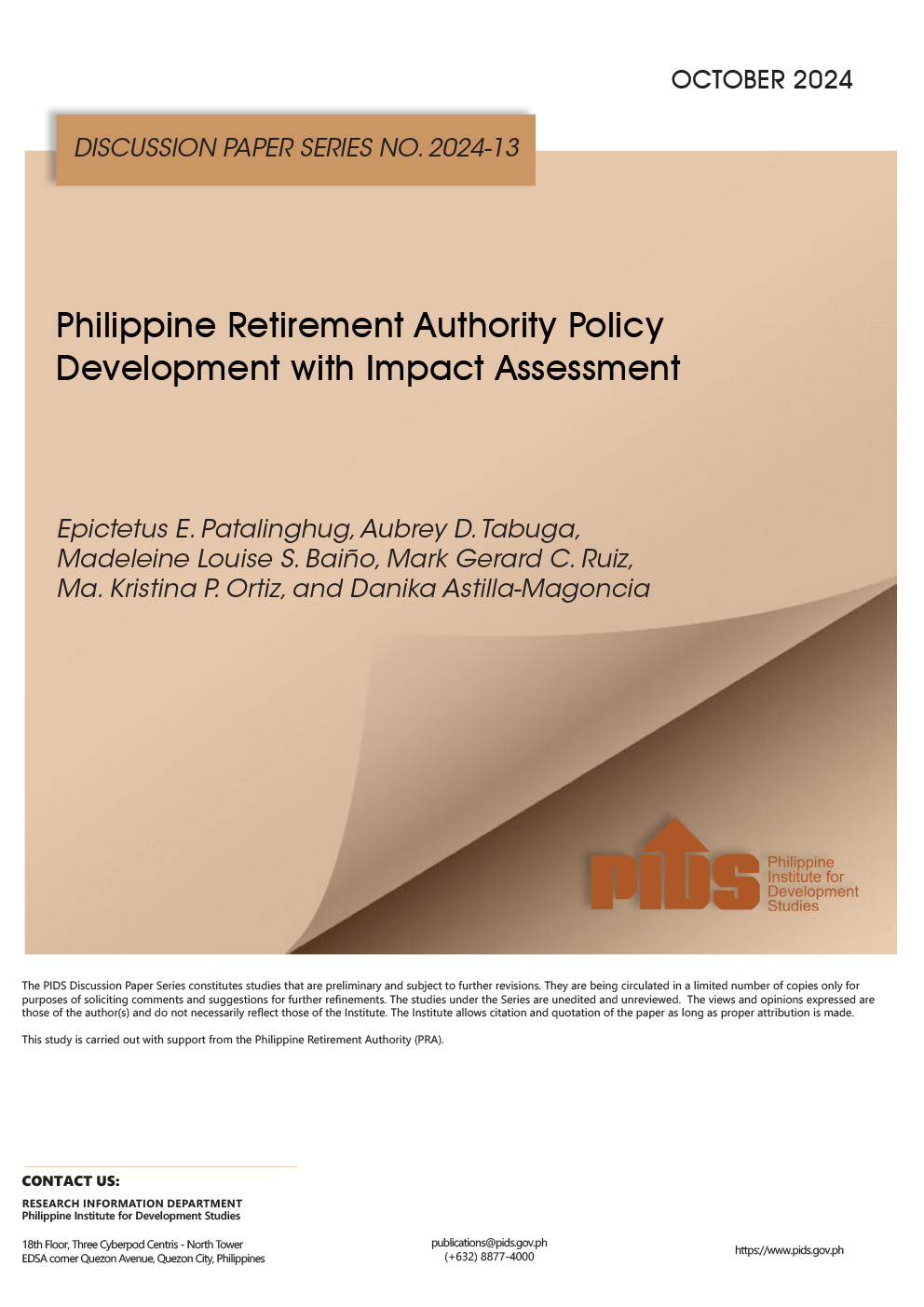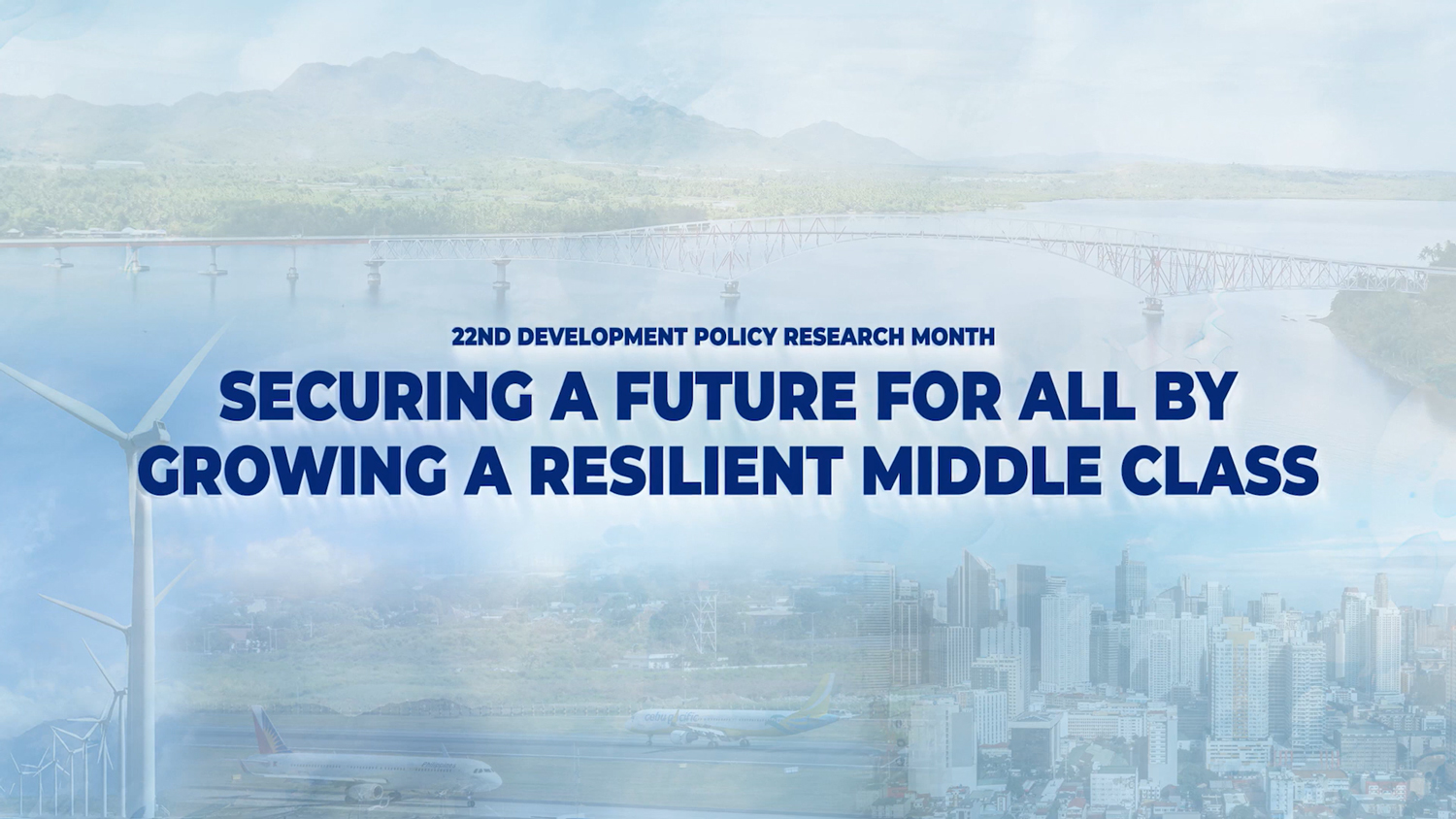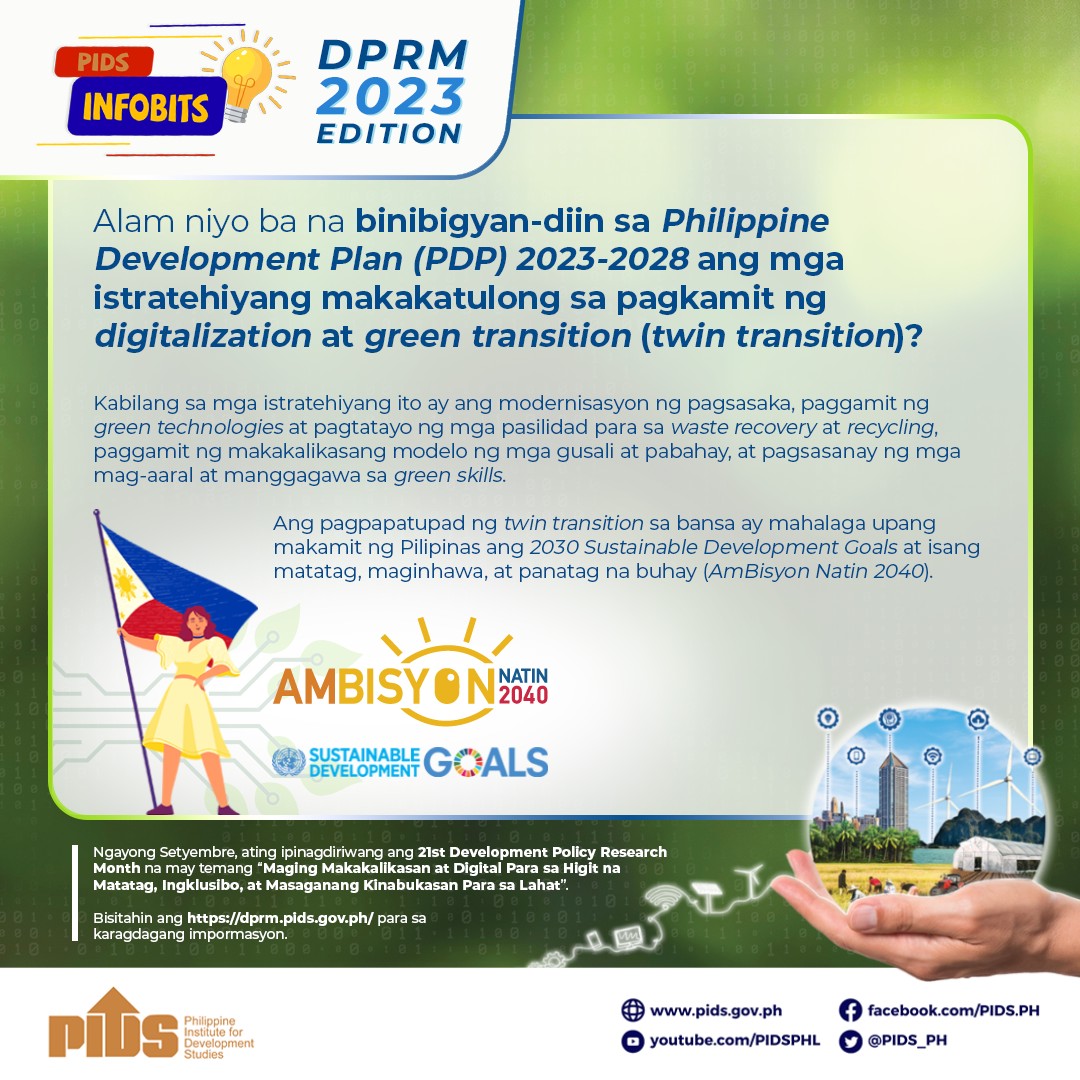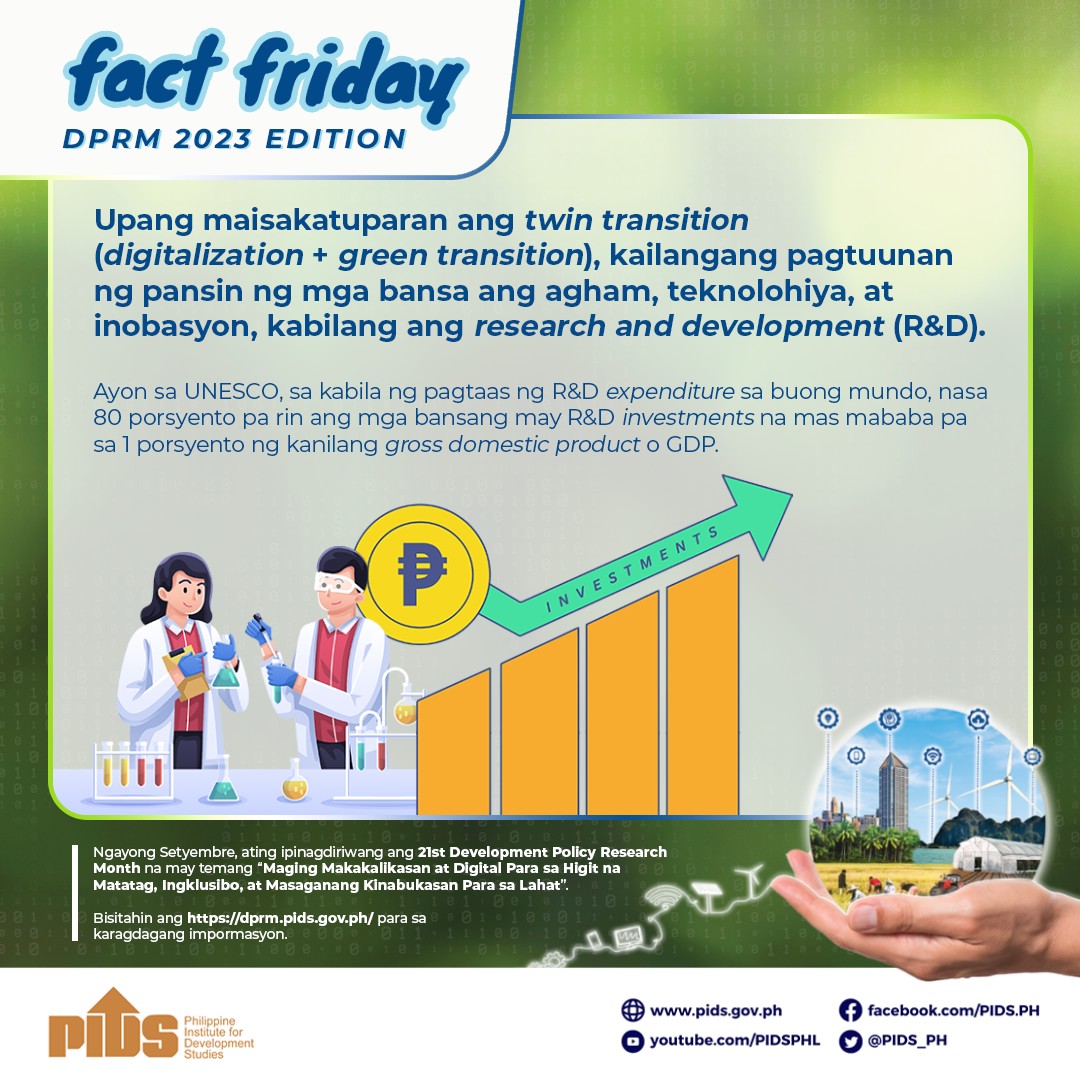First of three parts
Children carrying bowls jostle each other to get free porridge in Manila’s depressed area of Baseco, in this October 2, 2010, file photo. After 15 years, the government still has not met its poverty-alleviation goals. AP/Pat Roque
The Philippines is embarking on another journey this month with its expected adoption of the 17 Sustainable Development Goals (SDGs) of the United Nations (UN). From the eight Millennium Development Goals (MDGs), the Philippines will join other countries in setting more targets to improve the lives of their citizens.
The 17 SDGs will replace the MDGs, which were adopted in 2000. The SDGs represent not only the post-2015 agenda but also a new hope for the world. According to the UN, the goals represent 17 of humankind’s hope for an inclusive, sustainable and prosperous future.
Millennium goals
Fifteen years ago, the Philippines was one of 189 countries that adopted the eight MDGs. The MDGs aimed to eradicate extreme poverty and hunger; achieve universal primary education; promote gender equality and empower
women; reduce child mortality; improve maternal health; combat HIV/AIDS, malaria and other diseases; ensure environmental sustainability; and global partnership for development.
In the beginning, some critics believed the goals were very ambitious, and that these targets did not consider the circumstance of poor or less-developed countries, whose levels of development were significantly lower than high-income countries.
However, Philippine Institute for Development Studies (PIDS) senior research fellow Celia M. Reyes said this was addressed by the kind of targets that were specified in the MDGs. Most targets did not recommend absolute numbers, rather, these targets focused on percentages.
"Some might argue that the targets may be very hard to achieve for some of the countries but, I think, they tried to address that by
setting targets based on where you are, rather than setting absolute levels. [That’s why the targets aimed to] reduce by half so wherever you are, you still have to reduce by half. In fact, some might say that if you’re already up there, almost 100 percent, its even more difficult to achieve the 100-percent target.
"So I think the way that they constructed it somehow addressed that problem of different starting points for countries,” Reyes explained.
Reyes said the MDGs represented a major shift in how countries viewed development. While some countries were focused on addressing poverty or reducing their indebtedness, Reyes said the MDGs provided a framework by which these development concerns can be viewed from a wider perspective.
The multidimensional approach to development presented by the MDGs helped countries give attention to other development concerns that may have been neglected through the years or may have been put aside because of globalization.
In the Millennium Declaration, which contained the MDGs, the 189 countries recognized that "while globalization offered great opportunities” it also caused uneven progress, particularly for developing countries.
Prior to the MDGs, the Philippines was among the countries that struggled significantly in terms of high poverty and hunger. In 1991 the base year used for setting the MDG targets, the country’s poverty incidence rate was at 34.4 percent, while the proportion of the population that were living below the country’s food threshold was at 17.6 percent.
"The biggest contribution of the MDG is making politicians, the leaders, the general public aware of the importance of looking at these [development] areas,” Reyes said.
Meeting the MDGs
In order to meet the country’s international commitments, the National Economic and Development Authority (Neda) said the government launched various interventions to meet the goals.
These interventions included emergency employment programs during crises; relief assistance for individuals affected by natural and man-made calamities; and community-based employment programs.
The government also embarked on extending social pension for senior citizens; housing assistance for calamity victims; housing programs for informal settler families; and community-mortgage programs.
There were also specific projects launched, such as the Conditional Cash Transfer, or Pantawid Pamilyang Pilipino Program; Kapit-Bisig Laban sa Kahirapan Comprehensive and Integrated Delivery of Social Services-National Community-Driven Development Program; Universal Health Care, or Kalusugan Pangkalahatan; and the K to 12 Program.
Based on the implementation of these projects, the Neda said the factors that helped make these interventions successful were putting in place multisectoral partnerships and cooperation between government line agencies.
The Neda said that while it was in charge of overall MDG monitoring, the National Anti-Poverty Commission was focused on poverty alleviation and the Department of Health was in charge of monitoring health concerns.
Similarly, the Department of Education was focused on primary and secondary education; the Department of the Interior and Local Government was focused on localizing MDGs. The Neda recognized that the participation in planning, resource mobilization and monitoring of various civil-society organizations also worked to the country’s advantage in terms of meeting the goals.
The Neda also said policy support for the MDGs, particularly through the Philippine Development Plan and Investment Plan, helped channel government financing and budgeting toward the MDGs.
These efforts yielded, however, mixed results. Based on the fifth MDG report of the Philippines, not all MDGs will be met by the country by the end of this year.
Data showed that the country still had a low probability of meeting the indicators on cohort survival for education; gender disparity, particularly on political participation and education; maternal mortality; access to reproductive health; and HIV/AIDS.
The report, which was done by the Neda, also stated that the country only has a medium probability of meeting the indicators on income poverty and nutrition, particularly in reducing the number of underweight children.
Data showed the country only has a high probability of meeting the indicators on food poverty; school participation; empowering women; infant and under-5 mortality; malaria morbidity; tuberculosis; and access to safe water.
Further, the Neda said progress has also been unequal between and among regions nationwide.
Balisacan said regions in Luzon tend to fare better than those in the Visayas and Mindanao.
The Neda chief said regions, such as the Autonomous Region in Muslim Mindanao, the Bicol region, Regions 8 in Eastern Visayas, and 4B in Mimaropa, are lagging behind in many indicators and would need greater attention to catch up with other regions.
Balisacan said given the results of the country’s performance, one of the goals of halving poverty to 17.2 percent by the end of the year may also not be met.
Data from the Philippine Statistics Authority showed that the country’s full-year poverty-incidence rate per population has remained above 25 percent since 2006. In terms of magnitude or actual number, data showed an increasing trend to around 23.75 million poor Filipinos from only 22.64 million in 2006.
Balisacan already said the government can only reduce poverty incidence to around 20 percent to 23 percent by 2015. The Aquino administration’s main target on poverty is to reduce incidence to around 18 percent by 2016.
To be continued
Special Report: PHL to adopt new development targets despite difficulties in achieving MDGs (First of three parts)












